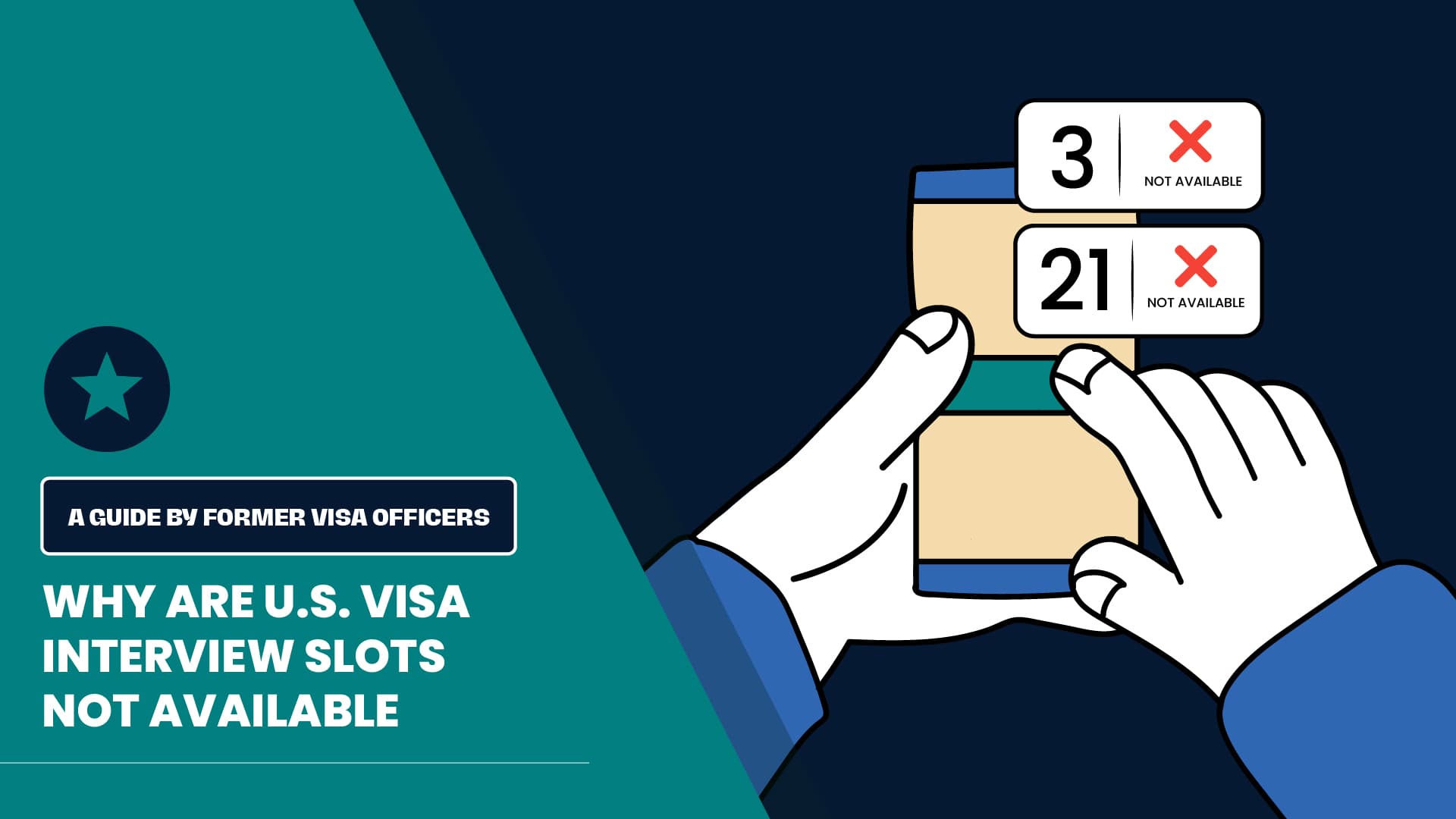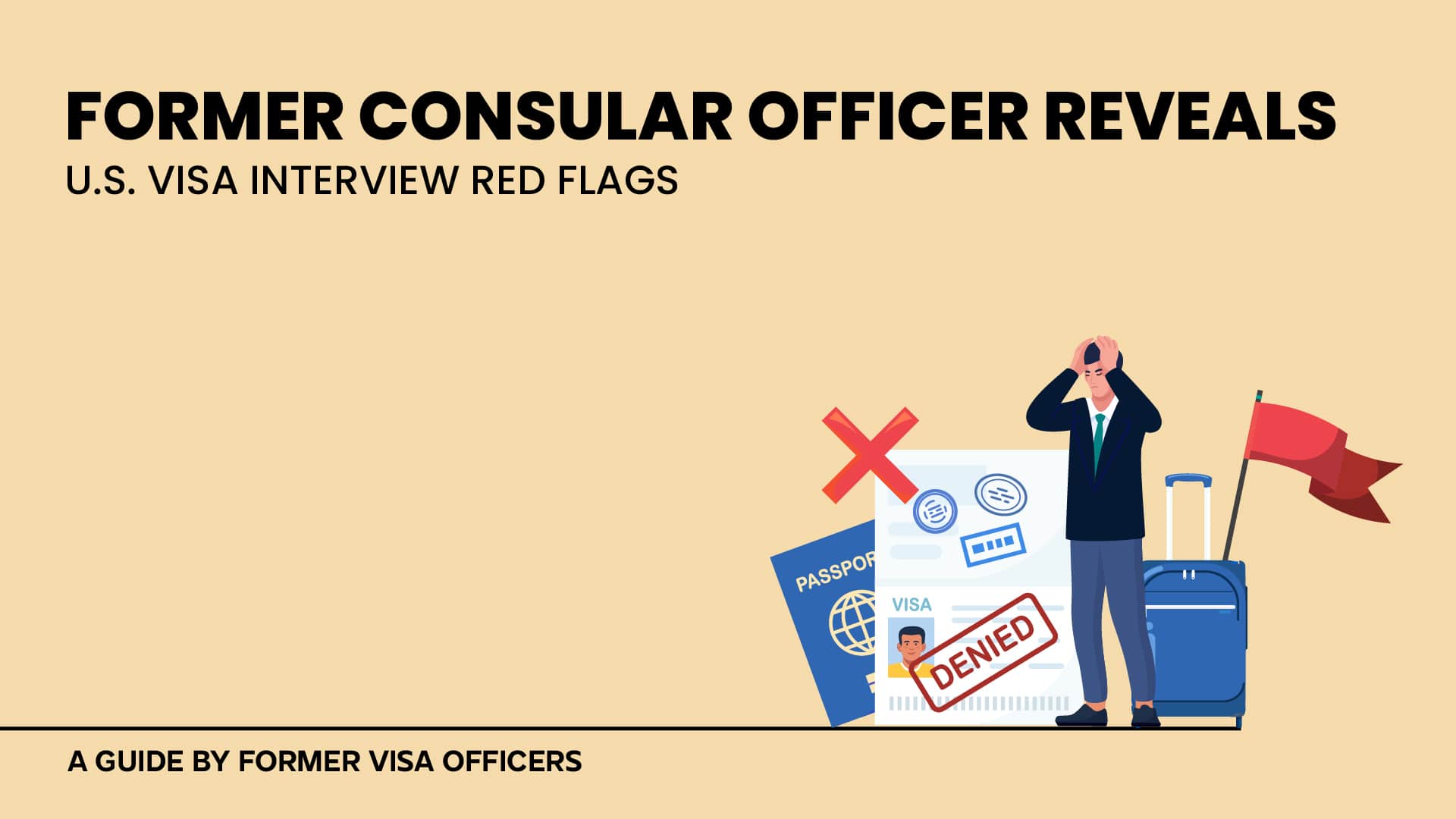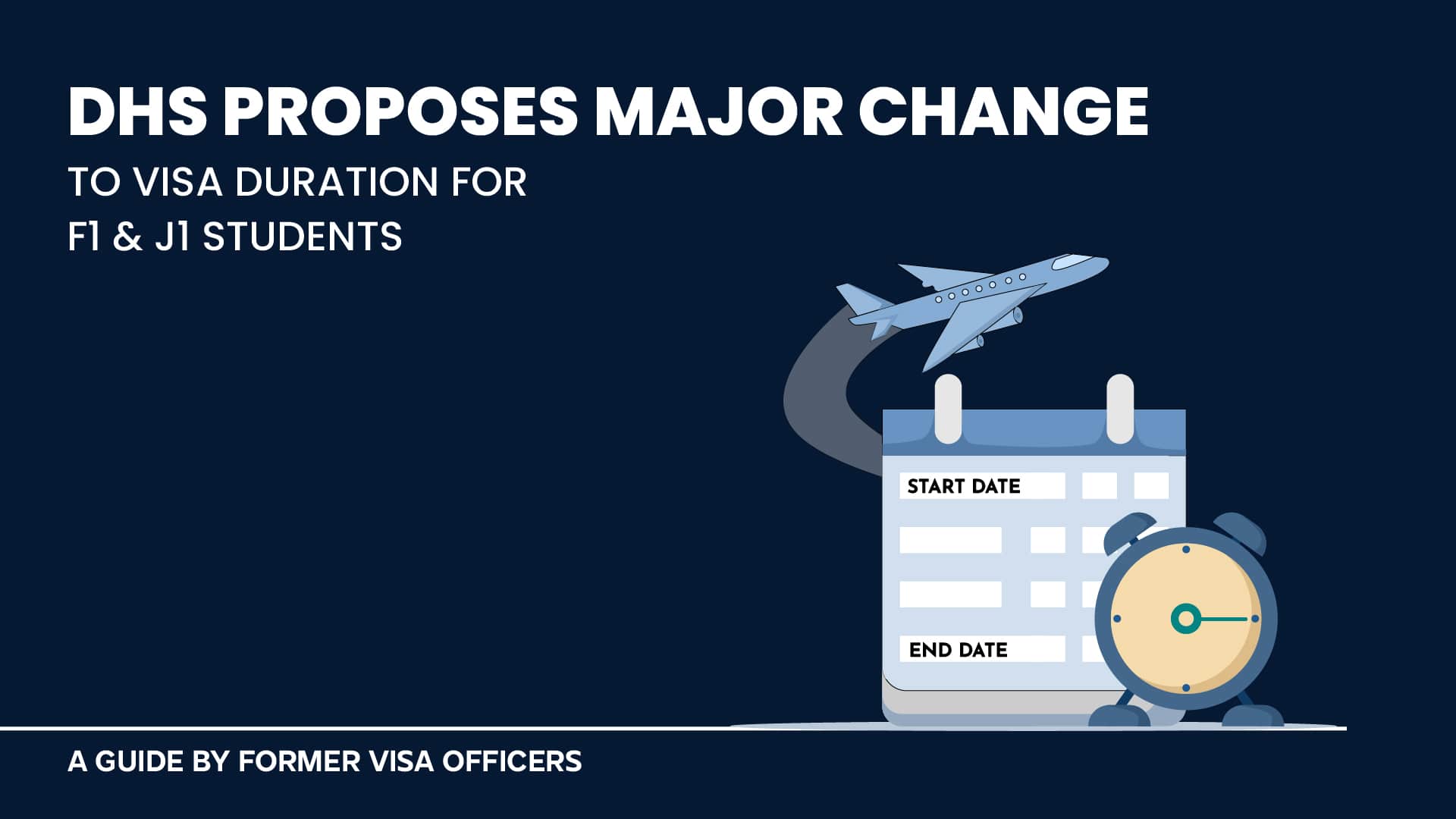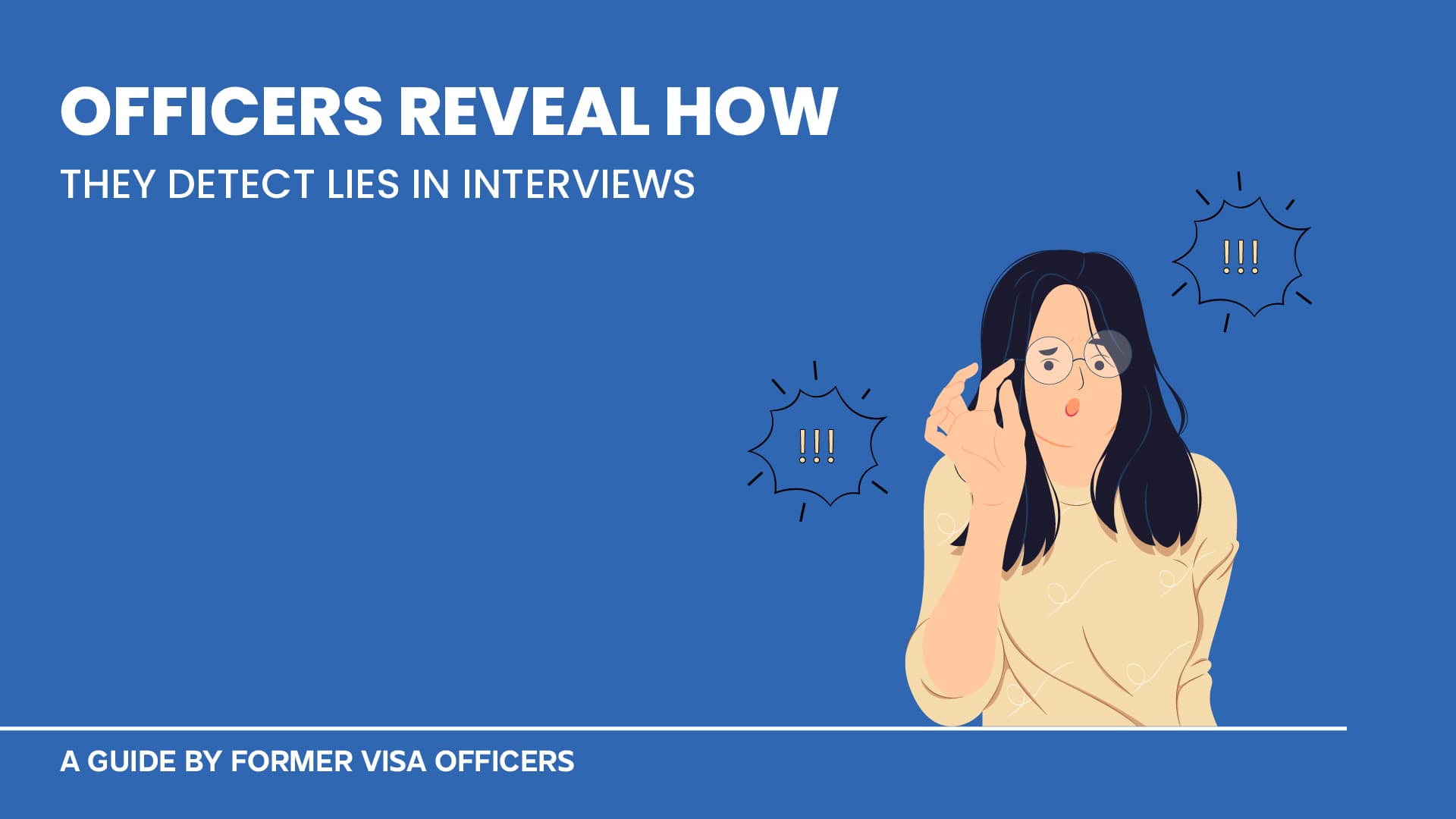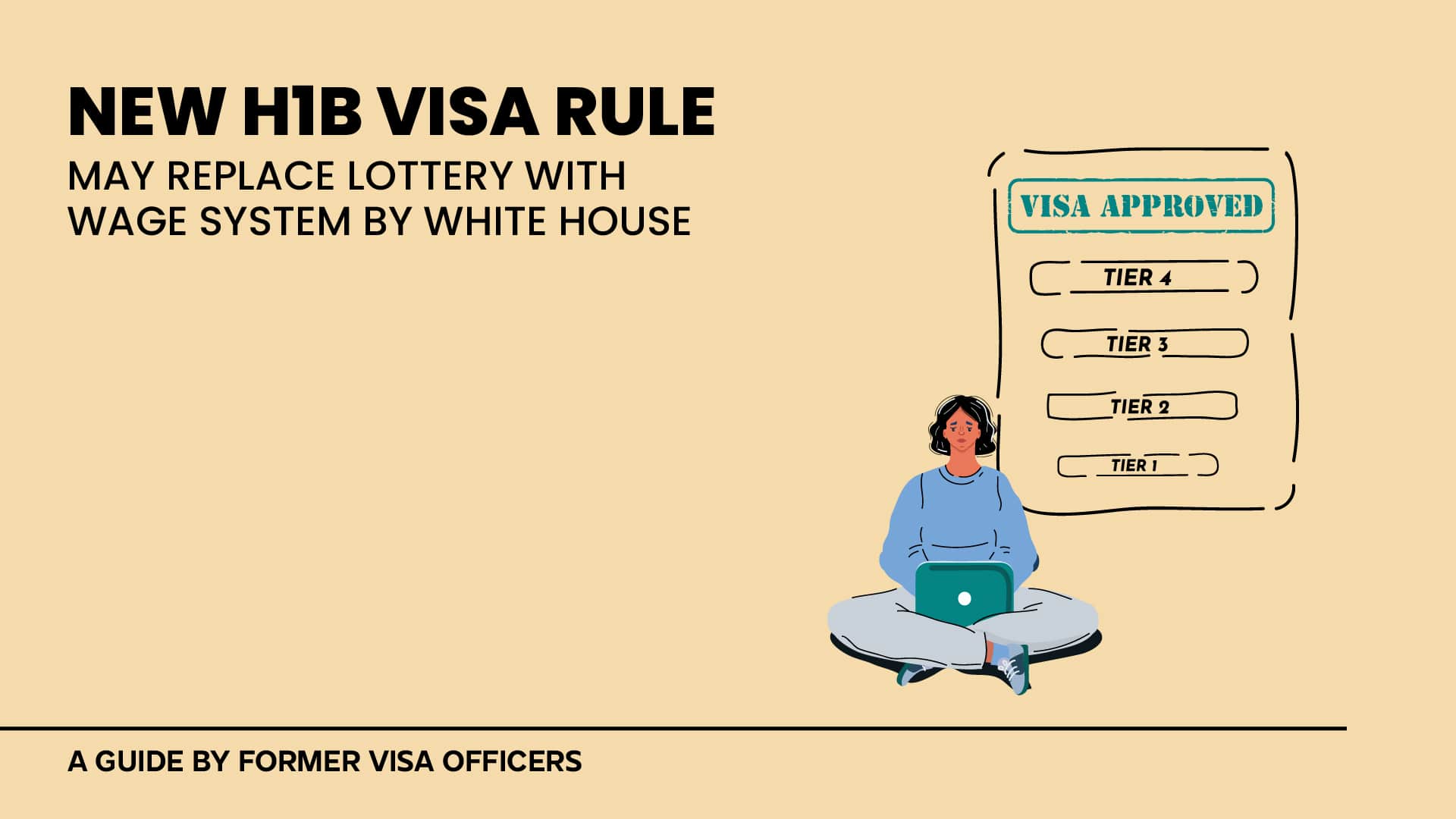So why is the wait in many countries so long to get a visa interview appointment? The answer is basic: supply and demand.
First, let’s look at supply. Under current U.S. visa law, a U.S. visa adjudicator must personally interview (almost) each and every first-time visa applicant. Since all visa adjudicators are human beings – even though they may not seem like it sometimes – they can only perform a certain number of visa interviews daily. Multiply the number of available visa adjudicators in any given Consular section by the set number of daily interviews required each day, and you will have the maximum number of interviews, or supply, for that section for the day. Also, the number of interview slots is negatively affected by outside factors like weather, political unrest, or Embassy events.
In many cases, applicants find themselves frustrated by the message: “U.S. visa no slots available,” further highlighting the limited availability.
There is tremendous pressure put on Consular Section managers by the State Department to keep the wait time as low as possible, but the basic numbers can’t be dramatically changed. This means that the number of interview slots is finite and, therefore, limited.
Then, there is the demand for a U.S. visa. Unless you are a citizen of the 41 countries in the Visa Waiver Program, you must have a U.S. visa to travel to the United States. Since the barrier to applying for a U.S. visa is relatively low, just an online application and a visa fee, nearly every person in the world has access to the chance to apply for a U.S. visa – so why not? This means that the worldwide demand for a chance to apply for a U.S. visa is always very high.
You can check the U.S. Department of State’s website to get a general idea of the wait time for a visa interview appointment. This site allows you to check the various cities where the U.S. has a visa issuing Embassy or Consulate to compare the visa appointment wait times and is updated weekly. Live in Baku, Azerbaijan? The wait time for a basic B1/B2 visa is only three days. Mumbai, India? Sorry, but the wait time is four hundred fifty days.
Another factor that makes the wait time problem worse is the presence of third-party actors who overbook visa appointments when they become available to then resell the appointments to their clients. These brokers use sophisticated methods to push legitimate visa applicants even further down the calendar. While the Department of State tries to use various strategies to ensure a fair distribution of appointments, it is a constant battle to fight these third-party actors and make appointments available to legitimate travellers.
How can you get a visa appointment if the wait time is long in your country?
Tip #1: Apply Early for Your Visa
Apply early. Apply very, very, very early. If you are even thinking of a U.S. business trip or vacation, go ahead and apply. Technically, you do not have to have an exact purpose for your travel when you apply for a U.S. visa, so just go ahead and do it now. Especially if you have relatives or are beginning a business relationship with someone in the U.S., start the process as soon as you can. Learn more about how long it takes to get a student visa here.
Tip #2: Monitor Appointment Availability Regularly
Constantly check the appointment availability at your chosen Embassy or Consulate. New visa appointments are released in an unstructured way, on different days and times, in order to foil the third-party visa brokers. If you usually check in the mornings, try in the evening or at night. Also, people are constantly cancelling and moving appointment dates. You never know when a batch of appointments will pop open, so keep checking. Once you have submitted your DS-160 and paid the fee, it is usually very easy to move your appointment date.
Tip #3: Consider Expedited Appointment Options
Expedited visa interview appointments are generally available but reserved for people with a legitimate, urgent need to travel to the U.S. Usually, this means a family emergency, medical care, an important business trip, or the like. Check the Embassy or Consulate website for instructions on how to request an expedited appointment.
Tip #4: Apply at a Consulate in Another Country
Apply at an Embassy or Consulate outside your home country. Legally, anyone can apply for a U.S. visa anywhere in the world, so if you are visiting a country that has a lower visa wait time, you may want to go ahead and apply for a U.S. visa while you are there. Be warned that visa adjudicators in the second country will look negatively upon applicants who are not residing in the country because the visa adjudicator will not know the specifics of the conditions in your home country. Also, if you do not speak English or the second country’s language, communication with the visa adjudicator may be difficult. This can be a risky strategy, but it may pay off.
DISCLAIMER:
This blog does not endorse or advocate for any illegal activities. All content presented here is intended for educational purposes only. The viewpoints expressed do not constitute legal advice and are solely based on the writer’s opinions and experiences. Please use the information provided responsibly. Any advice given is of a general nature and should be applied to your specific circumstances with caution and consideration.
Copyright © 2025 UDETI LLC. All rights reserved.
Need to speak to a former U.S. consular officer?

